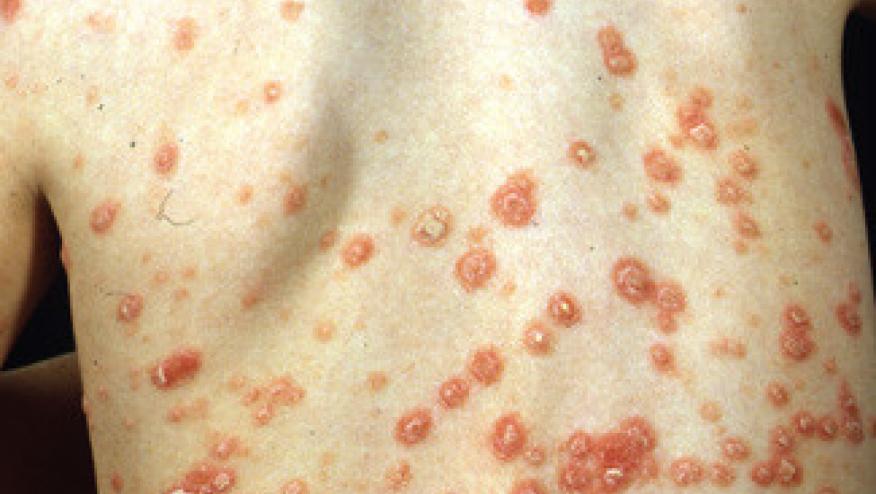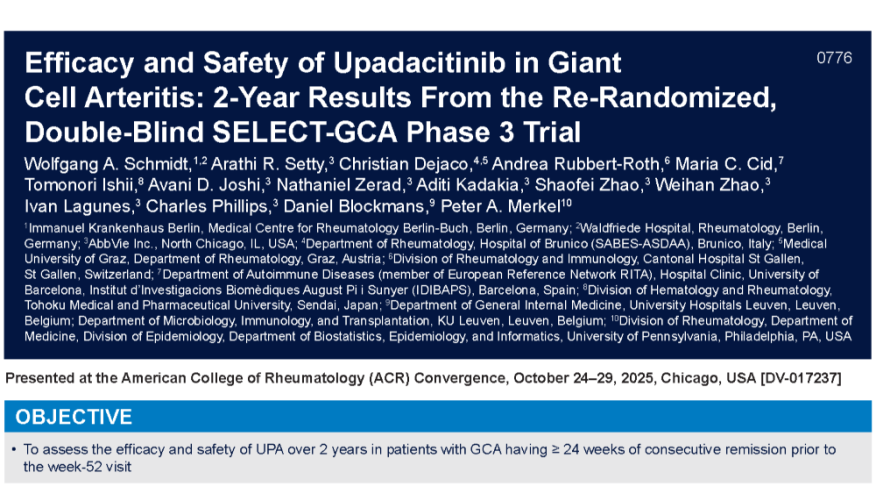Paradoxical Psoriasis in Kids Taking TNF Inhibitors Save

A multicenter cohort study reported a large cohort of pediatric patients receiving TNF inhibitor therapy complicated by psoriasis, regardless of treatment indication or the specific TNF inhibitor.
Paradoxical psoriasis arising from TNF inhibition has been well described in adults, with a reported risk between 1/100 and 1/1000.
This multicenter retrospective case series from the Mayo Clinic identified 103 of children (younger than 18 years) who developed a psoriasiform eruptions taking infliximab, adalimumab, and/or certolizumab pegol. The median age was 13.8 years, 50% were female patients, and most were taking TNFi for inflammatory bowel disease (91%). Most patients had no personal history (101 [98%]) or family history of psoriasis (60 patients [58%]).
In those who developed psoriasis, 92% had there TNF-i indiction under controlled. Psoriasiform eruptions in the scalp (63%) and multiple sites arose after a median of 14.5 months of TNF inhibitor therapy. T
While all with psoriasiform eruptions were given topical steroidal and nonsteroidal medications, systemic therapy (29%), methotrexate (23%), oral corticosteroids (8%), and azathioprine (1%).
One-quarter (25%) stopped the initial TNF inhibitor and changed to a second-line TNF inhibitor with PSO improvement in 23 patients (88%) after a median of 3 months.
Persistent skin disease was seen in 18 patients (17%) and prompted discontinuation of all TNF inhibitors; 11 patients changed to a non-TNF inhibitor systemic therapy, and 7 discontinued all systemic therapy.
Paradoxical TNF inhibitor–induced psoriasiform eruptions in children appears to be a class effect among the varying TNF inhibitors. Unlike adults, the majority of these children were able to continue TNF inhibitor therapy with adequate skin-directed and other adjuvant therapies.











If you are a health practitioner, you may Login/Register to comment.
Due to the nature of these comment forums, only health practitioners are allowed to comment at this time.